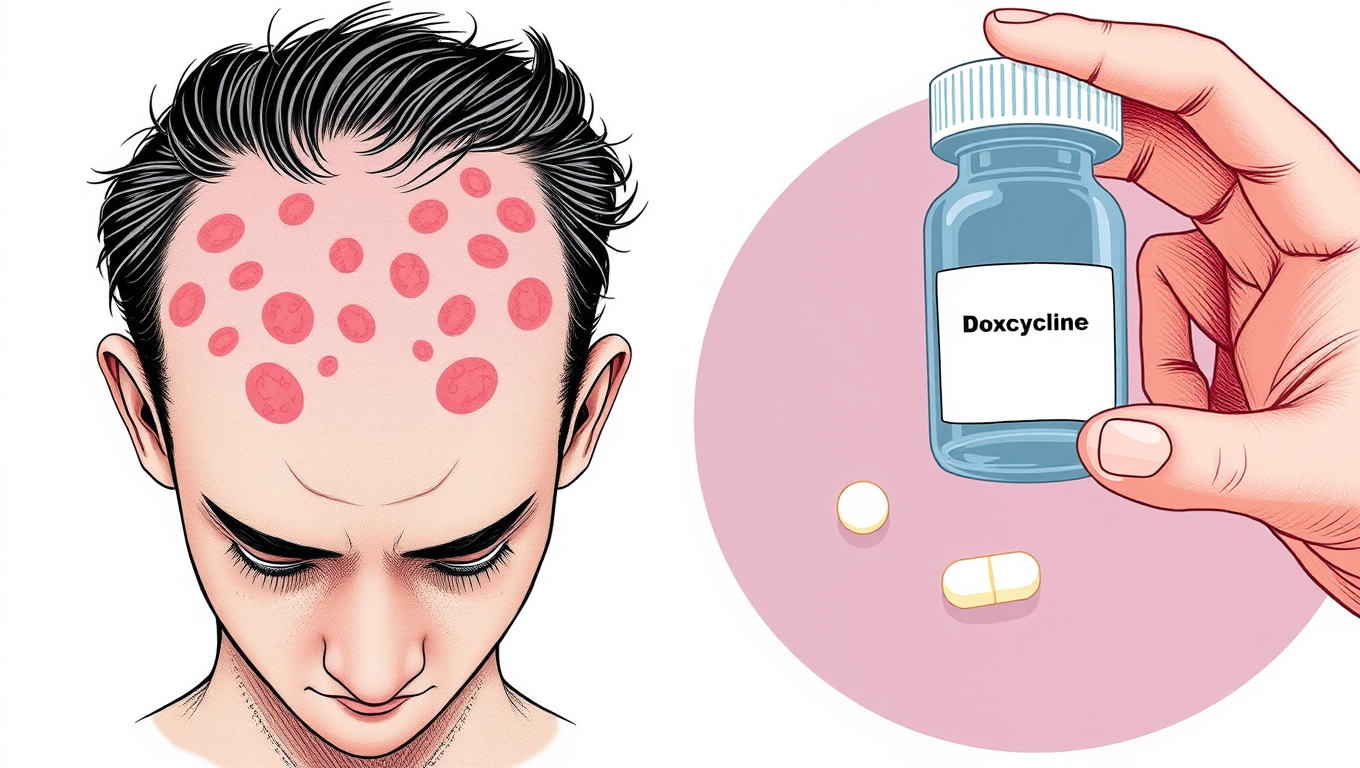While we try to keep things accurate, this content is part of an ongoing experiment and may not always be reliable.
Please double-check important details — we’re not responsible for how the information is used.
Cosmetics
Low-Dose Antibiotics May Be Just as Effective for Treating Rare Hair Loss Disorder
Small amounts of a common antibiotic and anti-inflammatory drug can curb symptoms where a misplaced immune reaction (e.g., autoimmunity) can cause permanent hair loss, a new study shows. This regimen may also come with fewer side effects than higher doses of the medication.

Alternative Medicine
“Skin in a Syringe”: Breakthrough Technology Heals Burns without Scars
Scientists in Sweden have developed a groundbreaking “skin in a syringe” — a gel packed with live cells that can be applied directly to wounds or even 3D-printed into skin grafts. Designed to help the body build functional dermis rather than scar tissue, the innovation combines fibroblast cells on gelatin beads with a hyaluronic acid gel, held together using click chemistry. In a parallel advance, the team also created elastic hydrogel threads that can form tiny, fluid-carrying channels, paving the way for artificial tissues and organoid development.
Alternative Medicine
Patients Who Undergo Tummy Tuck Surgery Continue to Lose Weight Years Later, Study Finds
Patients who undergo tummy tuck surgery may be in for more than just cosmetic changes — a new study shows they often keep losing weight for years after the procedure. Researchers followed 188 patients and found consistent weight reduction up to five years later, especially in those with higher initial BMIs. Interestingly, lifestyle improvements, such as better diet and exercise habits, may play a key role in this surprising long-term effect. This could mean tummy tucks aren’t just sculpting bodies — they may be reshaping lives.
Air Quality
The Unseen Impact of Personal Care Products on Indoor Air Chemistry
In 2022 a team discovered that high levels of OH radicals can be generated indoors, simply due to the presence of people and ozone. This means: People generate their own oxidation field and change the indoor air chemistry around them within their own personal space. Now, in a follow-up study again in cooperation with an international research team, they found that commonly applied personal care products substantially suppress a human’s production of OH radicals. These findings have implications for the indoor chemistry, the air quality of occupied spaces, and human health, since many of the chemicals in our immediate vicinity are transformed by this field.
-

 Detectors8 months ago
Detectors8 months agoA New Horizon for Vision: How Gold Nanoparticles May Restore People’s Sight
-

 Earth & Climate9 months ago
Earth & Climate9 months agoRetiring Abroad Can Be Lonely Business
-

 Cancer9 months ago
Cancer9 months agoRevolutionizing Quantum Communication: Direct Connections Between Multiple Processors
-

 Albert Einstein9 months ago
Albert Einstein9 months agoHarnessing Water Waves: A Breakthrough in Controlling Floating Objects
-

 Earth & Climate9 months ago
Earth & Climate9 months agoHousehold Electricity Three Times More Expensive Than Upcoming ‘Eco-Friendly’ Aviation E-Fuels, Study Reveals
-

 Diseases and Conditions9 months ago
Diseases and Conditions9 months agoReducing Falls Among Elderly Women with Polypharmacy through Exercise Intervention
-

 Chemistry8 months ago
Chemistry8 months ago“Unveiling Hidden Patterns: A New Twist on Interference Phenomena”
-

 Agriculture and Food9 months ago
Agriculture and Food9 months ago“A Sustainable Solution: Researchers Create Hybrid Cheese with 25% Pea Protein”





























